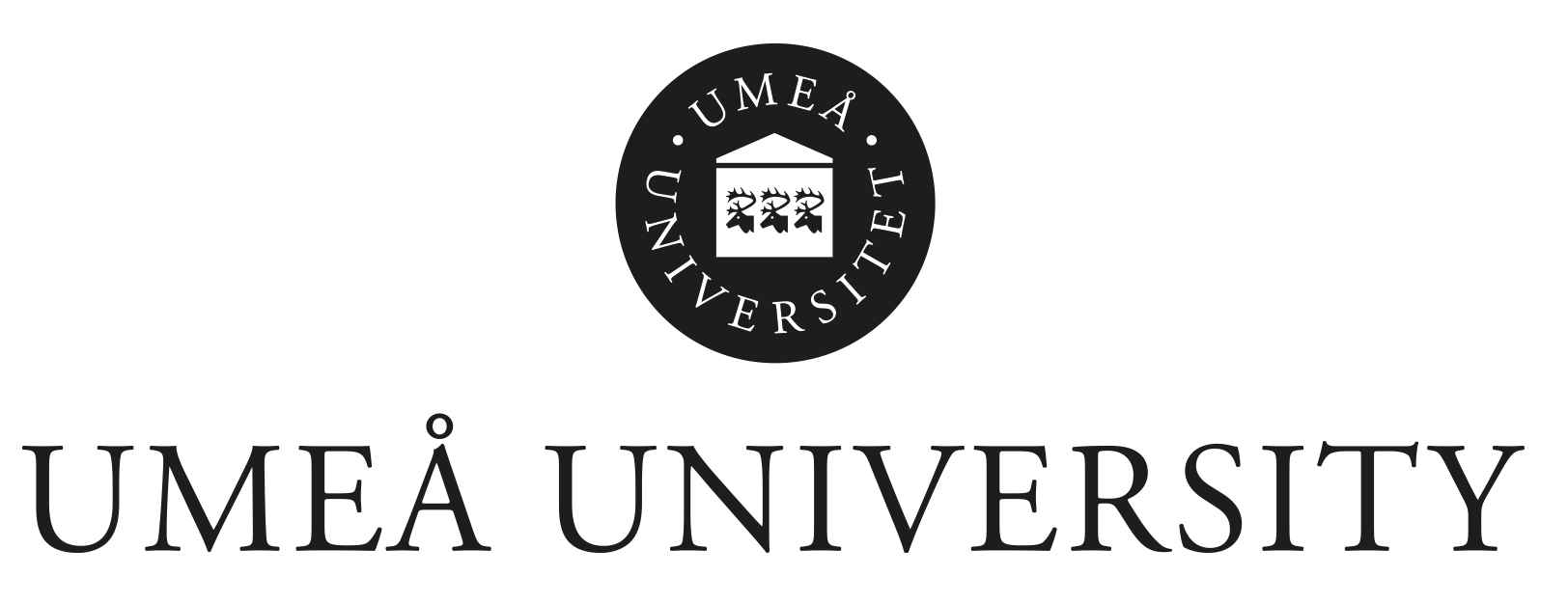
UmArts is part of Umeå University
The Anthropocene is proposed as a new geologic era: where human activity has transformed the environment and climate, and is evidenced in the geologic strata. The Anthropocene was established as a key area of cultural discourse by the Anthropocene Project, HKW, Berlin (2013–2014), and has opened up diverse forms of geopolitical critique (Scheiderman, 2017), around indigeneity, geology and race (Yusoff, 2018). The Nuclear Anthropocene refers to the way in which nuclear fission has released man-made radionuclides into the environment through fallout from weapons testing and accidents. Naturally occurring radioactive elements are un-earthed by mining, which reorganises the surface of the planet, displacing indigenous people and creating newly contaminated landscapes. Hecht’s concept of nuclearity describes the uneven designation of nuclear sites and materials through nuclear coloniality (2012). The half-life of Uranium dates the origin of the planet earth at 4.5 billion years. In the 21st century, the underground storage of radioactive waste will create a new geologic layer 500 meters below ground for millions of years. This deep time future thinking highlights the importance of intergenerational contemporary responsibility in the present. The Nuclear Anthropocene invites us to consider the legacies of cold war infrastructures, deep time knowledge, geologic formations, nuclear decolonisation, and the many forms of anthropogenic toxic legacies from concrete to mercury, to be investigated through an analysis of materials, use and waste.